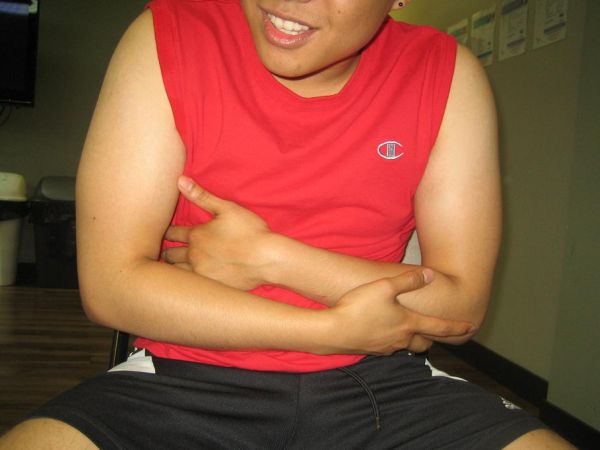Food poisoning is a sudden life-threatening condition that can occur immediately within minutes or it can be delayed for several hours depending on several circumstances such as the type and amount of toxin present in the food substance, the quantity of food ingested with the identified toxin, and the elapsed time it took for its initial effects to show clinical signs and symptoms.
Food poisoning and botulism
Botulism is the most serious form of food poisoning which can kill an individual instantly if not given proper care and treatment. Although there are many other kinds of food poisoning such as intentional and unintentional incorporation of known hazardous chemicals into the food preparation. However, botulism remains to be the most dreaded kind of food poisoning reported around the world.
Primary approach and consideration in the treatment of food poisoning
The key treatment approach to managing and treating emergency cases of food poisoning is identifying the source and type of food poisoning. If possible. The suspected food should be promptly brought to a medical facility for toxicology examinations to identify the toxin involved. Moreover, upon entering the ED the first order of business is usually to obtain a comprehensive history and narrative of events of the incident, unless the victim is severely incapacitated and/or lifeless in which emergency protocols need to be instituted first.
Clinical manifestation and initial management for food poisoning
Food and gastric contents, vomitus, serum and fecal material are collected per medical institution’s protocol in food poisoning emergencies. The victim’s respirations, blood pressure and level of consciousness, central venous pressure (if appropriately indicated), muscular and neurologic activity is closely monitored. Normally, victims suffering from food poisoning will exhibit several clinical signs such as nausea, vomiting, diarrhea and moderate to severe stomach cramps.
Measures are instituted to help support the respiratory system especially with toxins attacking the pulmonary system. Death from respiratory paralysis occur rapidly in botulism, fish poisoning and others.
Because large volumes of essential fluids and electrolytes are lost through excessive vomiting and diarrhea, it is imperative that fluid and electrolyte balance should be carefully monitored regularly. Severe vomiting produces alkalosis and severe diarrhea produces acidosis. Hypovolemic shock is one of the most common complications when severe vomiting and diarrhea is not controlled. The victim is continuously assessed for signs and symptoms of dehydration and electrolyte imbalances such as changes in orientation, weakness, lethargy, rapid pulse, fever, hypotension and delirium. Laboratory examinations such as serum electrolyte levels are obtained for future comparisons.
Measures to control nausea and vomiting is very essential to help curb 
After the nausea and vomiting episode subsided, clear liquids are encouraged for the next 24 hours and the diet can be gradually progressed to a low-residue, bland diet. Depending on the toxin associated with food poisoning, there is no straightforward rule in the management of food poisoning emergencies and that the most effective way to treat individuals is generally prompt care and a comprehensive health assessment and history.

